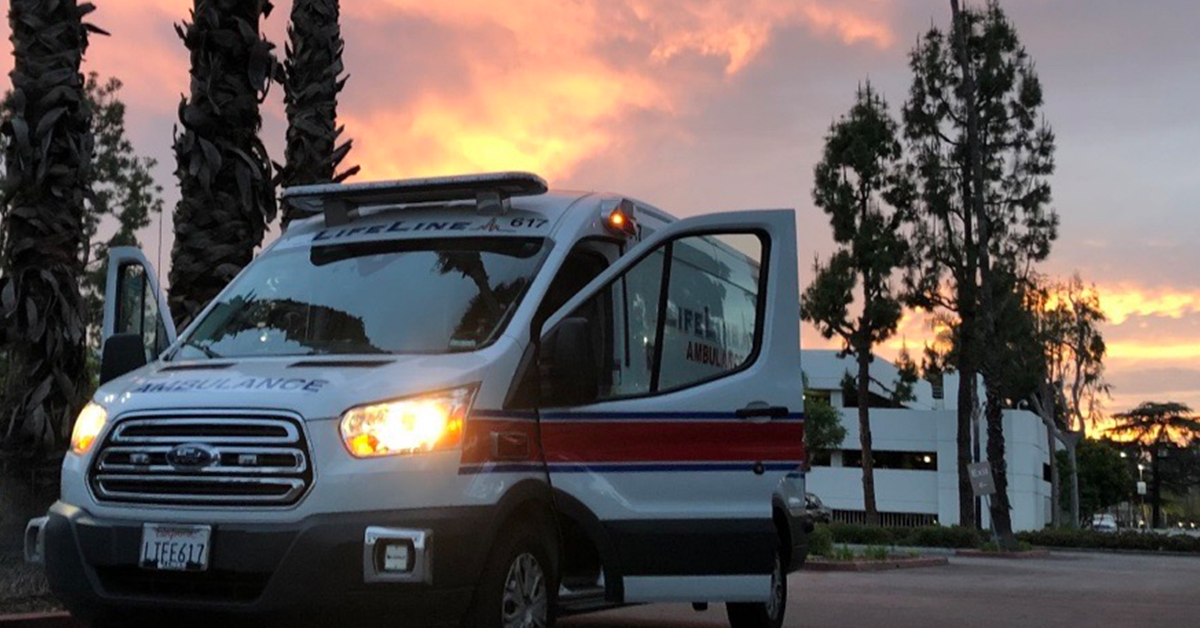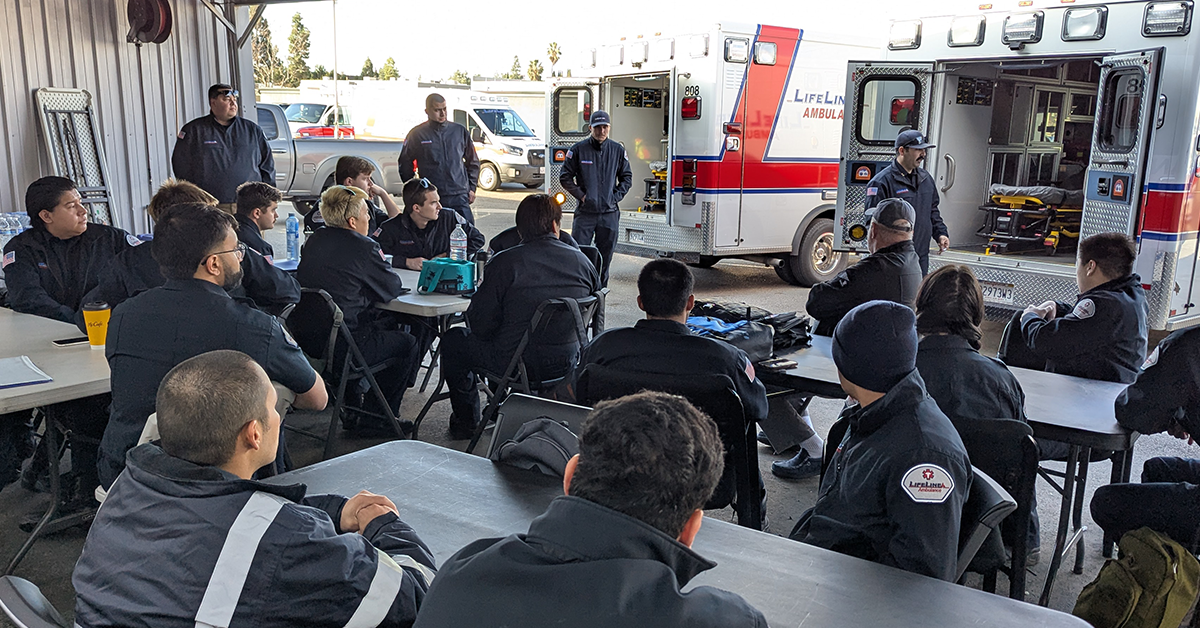Emergency Medical Services professionals are often the first point of contact during critical health crises. While technical expertise is essential in emergency response, the importance of soft skills, particularly empathy and communication, cannot be overstated. In high-pressure environments like Los Angeles and Southern California, where EMS providers deal with diverse populations and complex emergencies, mastering these skills can make a significant difference in patient outcomes and overall service effectiveness.
The Critical Role of Empathy in EMS
Empathy—the ability to understand and share the feelings of another—is a foundational soft skill for EMS workers. It allows responders to connect with patients, providing emotional support while delivering medical care. In a diverse and bustling area like Southern California, patients come from various cultural and socioeconomic backgrounds, each with unique needs and expectations.
Benefits of Empathy in EMS:
- Building Trust: Patients experiencing medical emergencies are often anxious and frightened. An empathetic approach reassures them and fosters trust, leading to better cooperation during treatment.
- Improved Patient Compliance: When patients feel understood, they are more likely to follow medical advice and treatment recommendations.
- Enhancing Patient Satisfaction: Empathetic care results in a more positive patient experience, improving the public perception of EMS services.
- Reducing Workplace Stress: EMS professionals who practice empathy often experience greater job satisfaction and resilience, leading to lower burnout rates.
Strategies to Enhance Empathy in EMS
To cultivate empathy, EMS professionals in Los Angeles and Southern California can:
- Active Listening: Focusing entirely on the patient, acknowledging their concerns, and providing thoughtful responses.
- Cultural Competency Training: Understanding cultural differences and adapting communication styles accordingly.
- Emotional Intelligence Development: Recognizing and managing personal emotions while remaining sensitive to the emotions of others.
- Role-Playing Exercises: Practicing patient interactions to develop a deeper understanding of emotional responses and needs.
Effective Communication in EMS
Communication is another critical soft skill that influences the effectiveness of emergency response. EMS providers must communicate clearly with patients, families, and healthcare teams to ensure accurate assessment and timely interventions.
Key Elements of Effective Communication in EMS:
- Clarity and Conciseness: Providing clear instructions and information without medical jargon to ensure understanding.
- Non-Verbal Communication: Using body language, facial expressions, and eye contact to convey reassurance and attentiveness.
- Adaptability: Tailoring communication styles based on the patient’s age, condition, and cultural background.
- Team Coordination: Efficient communication among EMS team members and hospital staff ensures seamless patient care transitions.
Overcoming Communication Barriers in EMS
EMS providers in Southern California face numerous communication challenges, including language barriers, high-stress environments, and dealing with patients who may be disoriented or in pain. Strategies to overcome these barriers include:
- Using Translation Services: Utilizing language interpretation apps or services to bridge communication gaps with non-English speaking patients.
- Practicing Clear and Calm Speech: Speaking slowly and using simple terms to ensure comprehension.
- Employing Visual Aids: Using charts, hand signals, or written instructions when verbal communication is challenging.
Training and Development of Soft Skills
EMS organizations, such as LifeLine EMS, prioritize ongoing training to strengthen soft skills among their personnel. Comprehensive training programs focus on:
- Scenario-Based Learning: Hands-on practice with real-world situations that emphasize empathy and communication.
- Peer Feedback and Mentorship: Encouraging constructive feedback from colleagues to improve interpersonal interactions.
- Psychological Support Programs: Providing resources to help EMS workers manage their emotions and maintain a compassionate approach.
The Impact of Soft Skills on EMS Operations
Soft skills not only benefit patient interactions but also enhance overall EMS operations by:
- Reducing Conflict: Effective communication helps prevent misunderstandings and reduces conflicts within teams and with patients.
- Improving Efficiency: Clear communication streamlines operations, ensuring quicker and more effective response times.
- Strengthening Teamwork: Empathetic and communicative EMS workers foster a collaborative environment, leading to better patient outcomes.
Keep Reading
Want more? Here are some other blog posts you might be interested in.
In the high-stakes world of emergency medical services, clear and effective communication can mean the difference between life and death. EMS professionals...
Emergency Medical Services is an ever-evolving field that requires constant learning and adaptation. With medical advancements, technological innovations, and increasing public health...
Emergency Medical Services s a high-stress, physically demanding profession that requires dedication, quick decision-making, and resilience. While the rewards of saving lives...






